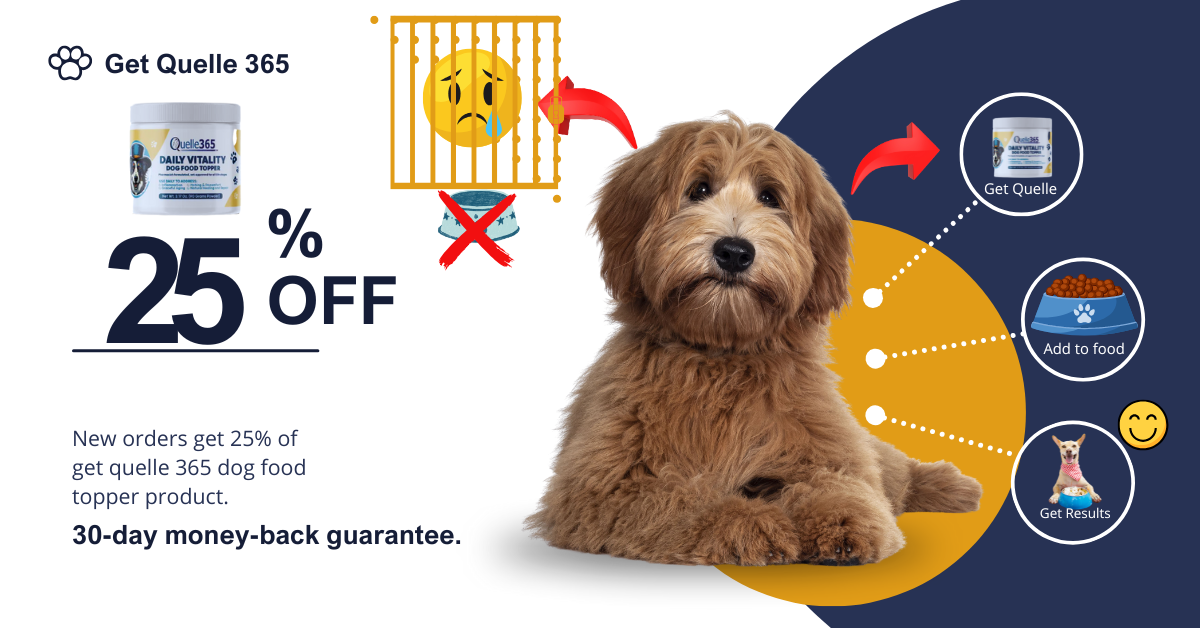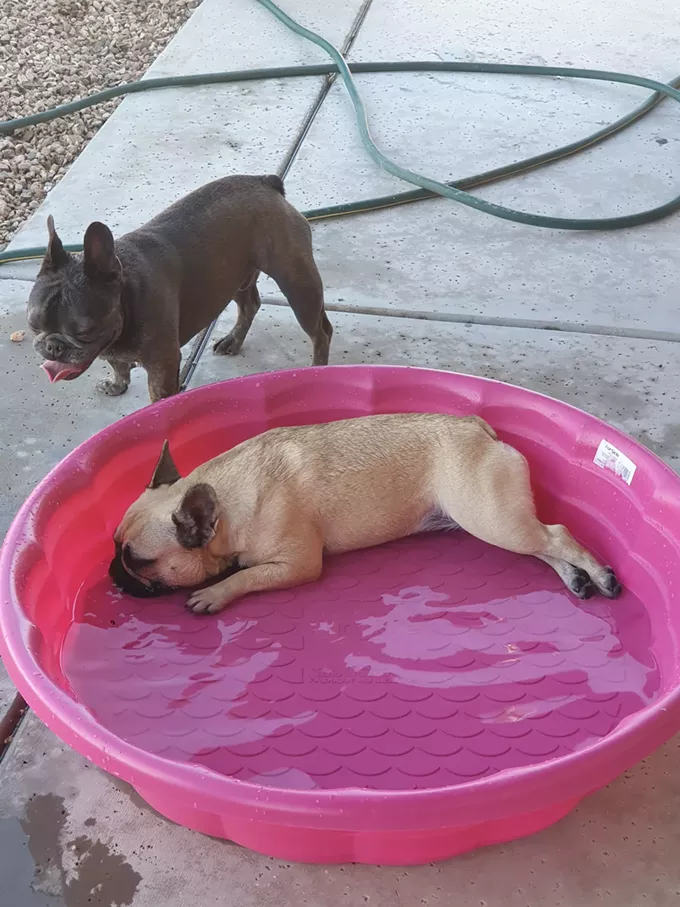Glen Ames Senior Public School students will compete as Team Staypawsitive in an upcoming robotics competition in Sutton. Photo by Alan Shackleton.
By ALAN SHACKLETON
While it may not have been the worst case of separation anxiety ever seen in a dog, Dechsty was certainly unhappy to be left home alone during the day when all the members of his family returned to work and school after the COVID-19 pandemic ended.
He made a mess by chewing up the cushions on the couch and if a solution to the problem wasn’t found quickly, Dechsty would be looking for a new home.
Fortunately, the robotics team from Glen Ames Senior Public School used technology and robotics to come up with a way to ease Dechsty’s separation anxiety by keeping him happy and engaged while he was home alone.
The solution? It’s the Holodog which combines images, sounds and activities to keep a dog that might otherwise be suffering from separation anxiety active and happy while the humans are out of the house.
The invention is the Glen Ames’ team’s entry in the upcoming FIRST Lego League (FLL) competition which sees students use robotics technology to provide solutions for real world challenges. FIRST stands for For Inspiration and Recognition of Science and Technology, and the FLL is an international alliance that sees teams of students use Lego Mindstorms technology, hardware and software in the solutions they create through robotics and coding.
The name of this year’s Glen Ames team is Staypawsitive and it takes on the issue of dog separation anxiety which has become a growing challenge for many families that bought pets during the pandemic.
Now that most members of the household are no longer working or studying from home during the day, it means the dogs are spending many hours alone. According to vets, it’s a serious issue that has led to dogs being left at shelters or simply abandoned by frustrated owners unable to deal with the behaviour (and sometimes damage) caused by dogs with severe separation anxiety.
The Holodog deals with the issue in a number of ways. It can provide holographic images of the owner for the dog to look at, provide smells from the owner’s clothes, and even allow the owner to speak to the dog in real time if a problem is starting to develop. A 360-degree camera on the Holodog means the owner can monitor the dog over a smartphone and immediately provide a number of ways to improve behaviour including dispensing treats, rolling a ball and playing music.

The Holodog also uses an algorithm though a collar on the dog to detect increases in anxiety. If detected, the Holodog can then offer a variety of outlets for the anxious dog to feel less stressed.
One vet said the technology could revolutionize the ways in which owners can deal with pet loneliness.
Along with the operation and ingenuity of the solution to the challenge created by the students, the FLL also judges teams on their creativity and presentations. In that department, Team Staypawsitive has an entertaining presentation (including a student taking on the role of Dechsty the dog in costume) outlining the challenge and the solution that led to the creation of the Holodog.
The team will take part in a provincial qualifying competition this Friday, Dec. 1, in Sutton.
Members of Team Staypawsitive are Jayden M., Charlotte K., Liz A., Max F., Logan C., Madelaine T., Alice C., Tom V., Dexter and Rose. Team coach is teacher Luke Martin
Helping out Team Staypawsitive with information on separation anxiety in dogs were vets Dr. Galbraith from Guelph and Dr. Koszti from the Beach.
![]()









